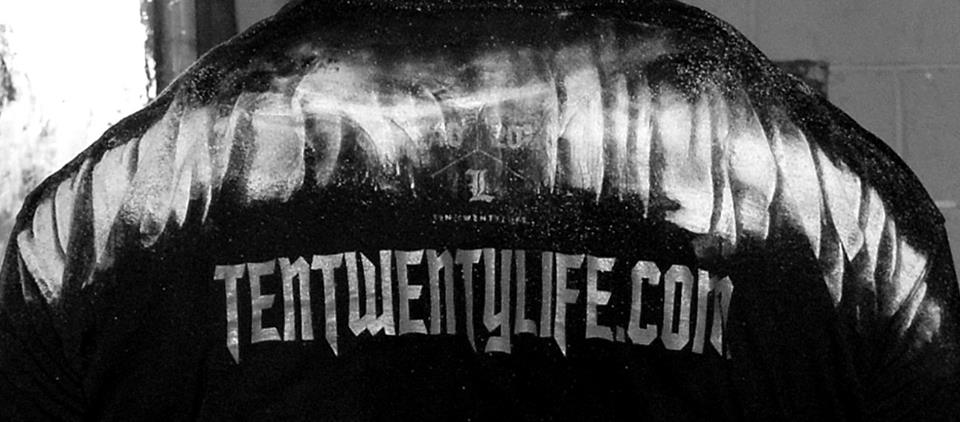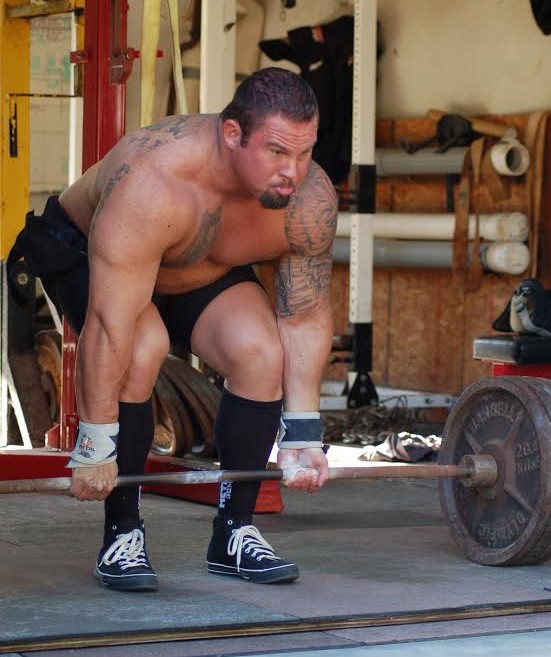
01 May Why Foam Rolling Sucks
By: Brian Carroll
I’ll preface this, ironically enough, by stating that I do actually foam roll from time to time. The caveat here is that I’ll only roll what needs to be loose, i.e., if my hips are too tight, my shoulders aren’t moving freely, or there’s a trigger point I need to hit in my lat.
Rolling on a trigger point roller can be great for your overall health, especially if you can’t get to a massage therapist. With my background in massage over the last decade, I understand the importance of soft tissue work, and I’ll readily acknowledge that it can benefit just about everyone.
Do not, however, roll your back right before a heavy training session. I wouldn’t roll my back period, but you can think of this the same way you would think about a visit to your chiropractor. They’ll typically tell you not to train after an adjustment, and the same logic applies here. You don’t want to get under a heavy barbell with a loosened back, because it’s a recipe for disaster.
Staying Tight
I never foam roll to be as loose as possible, because this creates problems on multiple levels. Once I started to rehabilitate my back, I learned to move better, and I stopped mindlessly rolling my entire body. The result? My pain level dropped immediately, and the changes were noticeable.
The problem with this part of the fitness industry is that people have no plan with rolling. They do it just to do it, or because the local CrossFit guy says to do it and they just don’t know any better.
Instead of going this direction, the idea is to come up with a plan. 10/20/Life contains a full chapter on warming up to stiffen your core and prepare to lift heavy. You can’t just “get loose,” because when you get loose, you get weak. Don’t think of yourself as a cat. Instead, you need to consider yourself a gorilla that needs a strong-ass core. What’s required for that are the movements that serve our chosen athletic endeavors, and nothing more. Building looseness and excessive range of motion (ROM) can easily lead to injury and loss of performance.
No More Dogma
I’m regularly seeing too much of people blindly following their YouTube gurus and abusing the foam roller as a result. This is stupid. Again, you need to have plan, and a purpose behind everything you do. With 10/20/Life, we don’t do mobility work and foam rolling just to do it. You have to do what you need, when you need it, and ignore the rest.
Note that I actually explained why foam rolling sucks, without saying it sucks across the board. There’s been a whole cult created around mobility and looseness, and it’s as wrong as wrong can be, especially if you want to be fast, explosive, and strong.
Think about the effect on your joints in the absence of muscle tension when you’re trying to explode or move a heavy load, and the entire brunt is placed on that joint. This is no good.
Dr. Stuart McGill has worked with some of the strongest, fastest, and most highly skilled athletes on the planet, and they have a few things in common: Most of them are tight, and coiled up like springs. Some aren’t, of course, but the norm in this department states that big, strong, and tight means stable and sturdy under a heavy load. This has applied to me throughout my career, even though I didn’t think of it this way until recently.
The Gurus
“But Brian,” you might be saying, “(Insert Mobility Guru) has a huge following, he’s popular, and he has a book out that says you need to be loose and mobile.”
Well, Jim Jones had a huge following too, and we all know what happened when he talked everyone into drinking the Kool-Aid. Of course, I’m not saying you’ll die if you get hyper-mobile, but there’s a hell of a chance of your career dying if you’re trying to lift heavy weights. Mine almost did, and from what I now know from Dr. McGill, mindlessly foam rolling and stretching all the time didn’t help matters.
Now, mobility work is not inherently bad. Some people really need it. If you’re new to squatting, chances are you’ll need some hip mobility, upper back, and ankle work. If you need to do this, you need to do it, and it’s not bad—but you should only be doing it if it’s necessary.
It’s not, however, necessary for everyone. One of my biggest pet peeves is watching someone roll the shit out of their hips and back—followed by a long stretching routine—then squatting easily to depth with an empty bar. This makes no sense to me. You want some kind of resistance and muscle tightness to help you handle loads. Being super loose will not help you squat more.
I’m not telling you not to warm-up. You still need to do that. You just need to stop all the mobility work beforehand and focus on getting as tight as possible. Warm-up. Don’t loosen up.
Think Before You Roll
Again, I don’t officially hate foam rolling. I just hate how it’s used and abused by people who don’t know any better—and who are being talked into it by their gurus. Anything that’s used properly can be a great tool, but things that are used the wrong way can lead to setbacks, or even end your career.
Talk to people who’ve had success lifting heavy weights over a period of decades, and ask them what they’ve done. Chances are they didn’t roll very much. It’s probably hard for you to imagine what strong people did in the gym before the advent of foam rollers, but believe me, everyone was just fine without them.
This all boils down to the six questions I ask about gurus in 10/20/Life. Who has your mobility expert worked with? Who have they made strong?
I’m not sure I even want to know these answers.
Want more? Buy the book here.
Brian Carroll
Latest posts by Brian Carroll (see all)
- Quick Rant: Core Exercises - July 26, 2024
- Physical Therapy Fails for Back Pain - July 25, 2024
- Quick Rant: Physical Therapists - July 19, 2024






Pingback:Thursday 050814
Posted at 19:01h, 07 May[…] article from Power Rack Media about Foam Rolling. Remember that this isn’t to dissuade you from rolling out. But it’s to help you […]